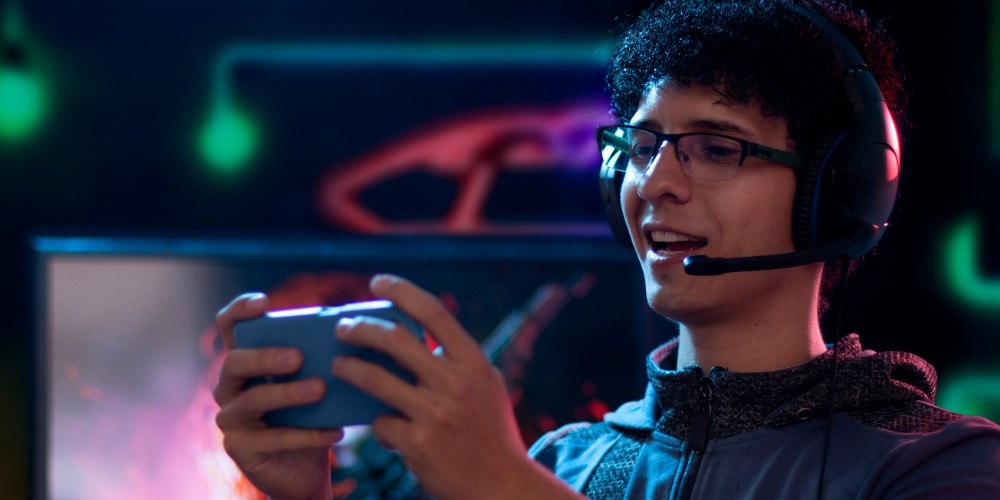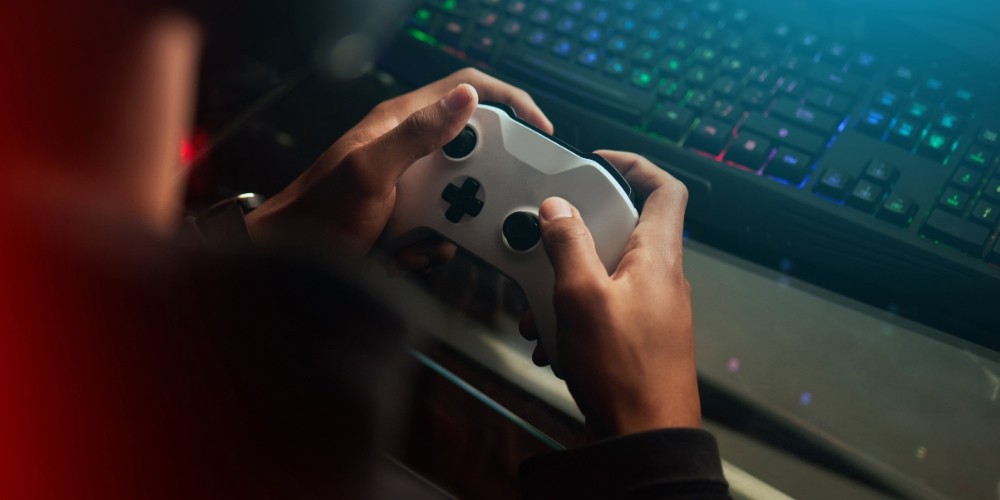
In the ever-evolving universe of video games, personalizing your gaming experience is not just about setting your character's theme or choosing the narrative path but more about optimizing every aspect of the gaming environment to enhance both performance and enjoyment. Whether you are a competitive player looking to gain an edge or a casual gamer seeking deeper immersion, tweaking your settings can significantly impact your overall experience. This extensive guide explores various strategies to personalize your gaming environment, from hardware adjustments and in-game settings to external software and environment tweaks, ensuring every player can achieve optimal play.
Understanding Your Preferences and Needs

Before diving into the technicalities, understanding your personal preferences and gaming needs is crucial. Do you prioritize performance over visuals, or is immersing yourself in stunning graphics more your style? Are you into fast-paced competitive games or more laid-back, story-driven adventures? Recognizing these aspects will help you make more informed decisions when personalizing your settings.
Hardware Adjustments
1. Monitor/Display Settings:
Adjusting your monitor’s brightness, contrast, and color settings can reduce eye strain and improve visibility, especially in darker scenes. Gamers seeking performance might also want to consider a monitor with a higher refresh rate (144Hz or above) for smoother gameplay.
2. Sound Setup:
Good audio can dramatically enhance immersion. Invest in a quality headset or speakers. Adjust the in-game audio settings, balancing the sound effects, background music, and dialogue according to your preference.
3. Input Devices:
Keyboards and mice aren't one-size-fits-all. Look for devices that suit your hand size and grip style. Also, consider customizing key bindings and DPI settings (for mice) to improve reaction times and comfort.
In-Game Settings

1. Graphics Settings:
For optimal performance, especially in competitive gaming, consider lowering graphic details that heavily tax your system without providing significant visual improvements, such as shadow quality. Conversely, if your system can handle it and you prefer aesthetics, please max out the settings. Tools like NVIDIA’s GeForce Experience can automatically optimize these settings based on your system’s capabilities.
2. Display Mode:
Fullscreen mode is generally recommended for better performance. It allows the game full control over the display, but some players prefer borderless windowed mode for more effortless multitasking.
3. Field of View (FOV):
Adjusting the FOV can significantly affect how you perceive your gaming world. A wider FOV gives you a greater view of the surroundings but can also lead to performance issues or visual distortion at extreme values.
4. Control Settings:
Tweaking sensitivity and inverting controls, if available, can make controlling your character more intuitive. Experimenting with different controller configurations for console gamers can reveal what works best for you.
External Software

1. Graphics Card Utilities:
NVIDIA, AMD, or Intel software can help optimize games based on your hardware specs. Furthermore, they often offer additional settings like anti-aliasing and texture filtering, not available in the game’s settings.
2. Game Mode & System Optimization:
Windows 10 and newer versions have a "Game Mode" that prioritizes gaming applications, improving performance. Close background applications that could consume system resources using task managers or third-party system optimization software.
3. Modifications and Overlays:
Some games allow mods to enhance or change the gaming experience. While useful for communication, overlays from Discord or Steam can sometimes impact performance or cause incompatibility issues – toggle these based on your needs.
Physical and Environmental Factors
1. Comfortable Seating:
Long gaming sessions demand comfortable, ergonomically supportive chairs. Your posture directly impacts your comfort and health in the long term.
2. Lighting:
Adequate lighting reduces eye strain without causing glare on the screen. Bias lighting, which is lighting placed behind the monitor, is a popular solution among gamers.
3. Temperature and Ventilation:
Ensure your gaming area is well-ventilated and maintained at a comfortable temperature. Overheating not only affects you but your PC/console as well.
Community and Feedback
Engage with the gaming community. Forums, Reddit, and social media platforms are gold mines for discovering new tips and tricks to enhance your gaming experience. Don’t be afraid to experiment and ask for feedback from fellow gamers.
Conclusion
Personalizing your gaming experience is a journey unique to each player. While this guide offers a comprehensive starting point, the best settings are the ones that suit your personal preferences, play style, and hardware capabilities. Remember, the goal is to enhance your enjoyment and performance in the games you love. Don’t hesitate to tweak, experiment, and refine your settings further as you grow as a gamer. Happy gaming!
Taking control of your gaming environment and customizing it to your preferences sets the stage for a more immersive, enjoyable, and rewarding gaming experience. So dive into your settings, tweak your hardware, and adjust your surroundings. With these guidelines, you are well on your way to achieving optimal play tailored perfectly to you.








